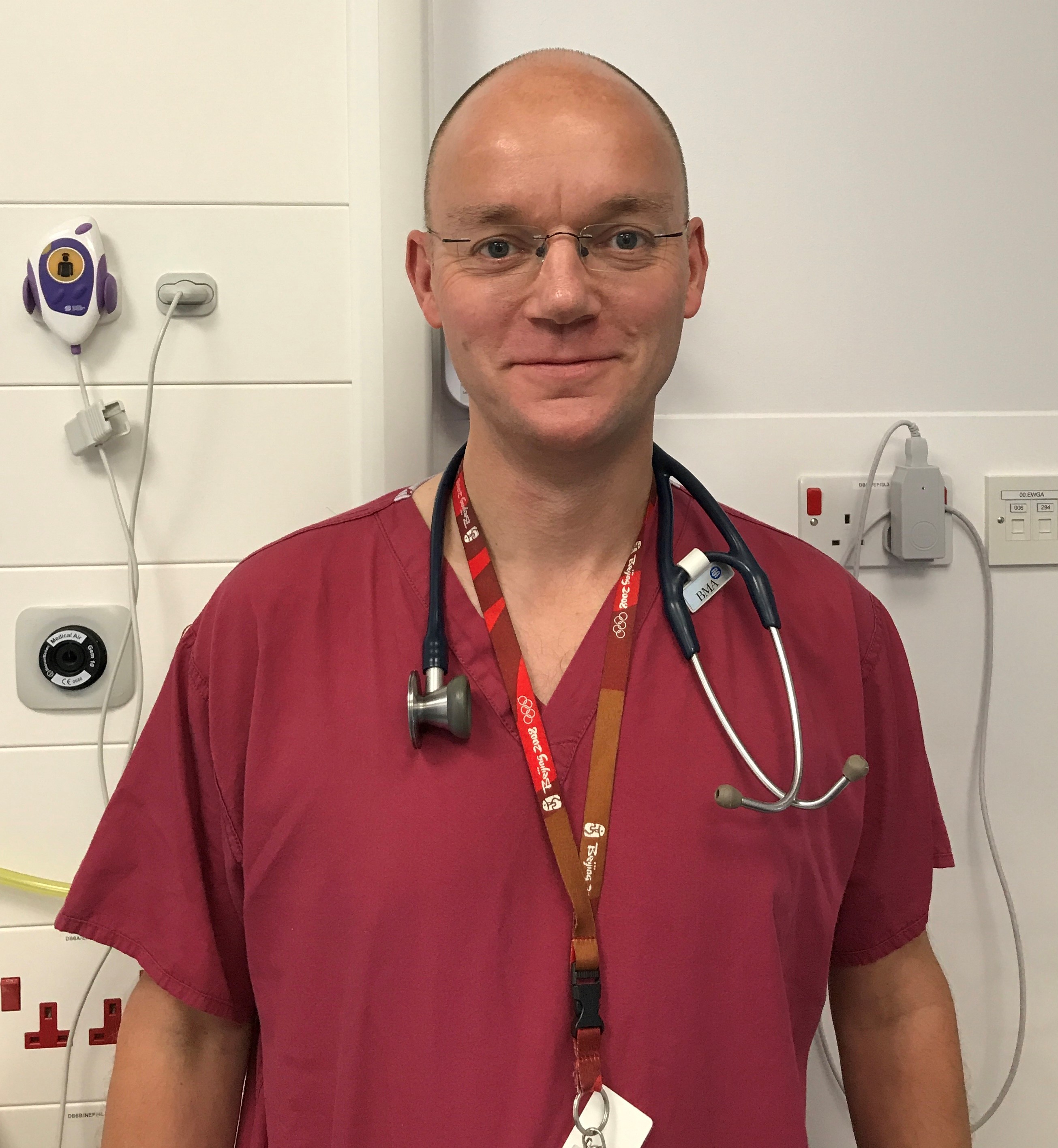
I have no doubt that technology, software and better use of data can have a positive impact on healthcare – as long as we understand how they can be used effectively and appropriately. In this context, Artificial Intelligence (AI) has become a popular focus of attention given it is already in use in our homes and in many other aspects of our lives. However, discussion and uncertainty continues about how AI can be used to support clinicians and improve outcomes which matter to patients.
Use of AI has been suggested in many areas of healthcare including symptom checkers. However, an important scoping review has recently been published which highlights the dearth of research into the accuracy of self-diagnosis platforms which use AI, and this lack of information presents a real problem for patients who want to use these tools now, and for clinicians who care for those patients. In addition, doctors have been shown to outperform computer algorithms in diagnostic accuracy (84.3 per cent vs 51.2 per cent correct diagnosis in the top three listed).
This important debate is frequently confused by an additional level of complexity, relating to the difference between symptom checkers and remote triage tools. Symptom checkers are designed to provide an intuitive online service to patients, allowing them to input their symptoms and receive a list of potential diagnoses in return, sometimes combined with a numerical probability for each diagnosis and some limited advice about what the patient might need to do next. In this context, it is extremely important to distinguish symptom checkers from remote triage tools.
Triage, conceived by Napoleon’s surgeon general Dominique Jean Larry in the Napoleonic wars, is the process of sorting patients into groups according to their clinical priority. That sorting aims to ensure that the most acute cases are treated first and that resources are used appropriately. Like symptom checkers, remote triage tools also require the input of one or more symptoms. However, in marked contrast to symptom checkers, remote triage tools do not aim to establish a putative diagnosis based on scant facts but use a typical differential diagnosis-based process to establish sufficient detail about a specific patient to guide that patient to the most appropriate next level of care. Some advice about how to care for the patient’s symptoms may also be provided.
At Capita Healthcare Decisions we have automated this remote triage process with our products TeleGuides and WebGuides. Teleguides are used to support telephone triage services by leading a call handler through a structured set of patient-specific clinical questions. For instance, we now have a partnership with Medibank, a healthcare company providing private health insurance and health solutions to almost 3.9 million people throughout Australia and New Zealand. TeleGuides are currently also the tele-triage solution of choice for NHS 111 in Wales, and a version of this system is also used in face-to-face to clinical environments. WebGuides is a separate remote triage product which uses the same clinical logic and algorithmic approach to triage as TeleGuides but is designed for patients who wish to self-triage using a variety of digital delivery channels.
It is this self-triage which is often confused with symptom checkers. However, as with other forms of triage, WebGuides (self-triage) does not provide a list of tentative diagnoses, but does provide robust and accurate advice about what a specific patient should do next for a particular set of symptoms, along with advice about how to care for those symptoms in the interim and what to do if things get worse. The accuracy and effectiveness of Teleguides and WebGuides is illustrated by their current use to support the care of over 100 million people around the world each day.
Although there is some way to go before AI is widely adopted in healthcare, the NHS in England is making excellent progress. AI and other digital solutions were a key focus in the NHS Long Term Plan, which set out a strategy for the next 10 years, identifying technology as a key medium for change.
In this context, digital tools to help patients care for themselves are extremely important and so symptom checkers and self-triage tools are here to stay. Whether or not self-triage tools and symptom checkers include elements of AI, it is important that both patients and clinicians understand their purpose, and their limitations.
If you would like to find out more about what we do and our work in this area you can contact us here.
Dr Charles Young
Chief Medical Officer, Capita Healthcare Decisions; Senior Medical Officer, Capita Group.



